OMB – Taxing the business structure
Here, we give an overview of tax treatment with OMB companies.
In my last blog I looked at the possible structures for a business. I now give an overview of the tax treatment of the three alternatives I discussed.
I am not going to go into the detail and mechanics of calculating tax liabilities. However there are certain basic principles which need to be borne in mind:
- Depreciation on fixed assets is not a tax deductible expense and will be replaced with capital allowances for any fixed assets which qualify.
- To be deductible for tax purposes expenses need to be wholly and exclusively for the purpose of the business. Where there is any ‘duality’, and a non-business element of the expenditure, a deduction may not be available.
- Entertaining in all its forms is not tax deductible.
- Capital expenditure is not tax deductible so care is needed when looking at repairs and renewals for instance to establish whether or not it is a repair, and therefore deductible, or a capital improvement which is not tax deductible.
The above are the more obvious issues but there may be specific tax treatments available which may depend upon the structure adopted – i.e. there are certain tax reliefs available which only apply to companies.
So how are each of the structures taxed?
Sole trader
The taxable profits of the sole trade will be charged to income tax at the sole trader’s marginal rate. Class 2 and Class 4 National Insurance contributions will also be payable on the profits by reference to threshold limits. If the business is loss making the trading losses in the year will be deductible, subject to certain anti-avoidance rules, from general income.
The tax payments will be in accordance with the personal tax self-assessment regime, i.e. a balancing payment 31 January after the end of the tax year concerned with payments on account 31 January and 31 July.
Partnership
A tax return will be required for the partnership which will show the computation of the taxable profits for the partnership and how those are allocated between the various partners. The allocation will be in accordance with the partnership’s profit sharing ratio.
A partnership is not a legal entity in its own right so it has no tax payment responsibility.
A partner’s allocated profit share will be taxed at the partner’s marginal rate of income tax.
Thus the tax liabilities for sole traders and partners are by reference to the results for the year, i.e. regardless of what happens to those funds.
A partner will be taxed on their full profit allocation ignoring the fact that some of the profits/cash may be retained within the business for future growth or other purposes.
This can result in tax planning issues for the individuals concerned especially with personal income tax rates at a maximum of 45% and an abatement of the personal allowance for taxable incomes in excess of £100,000.
There are no particular tax breaks available to partnerships and their partners and indeed there are some reliefs which are only available to corporate entities. I will, however, look at the tax planning possibilities for individual high earners in a later blog.
As with a sole trader a partner can set any partnership trading losses against their general income. However, there are comprehensive anti-avoidance provisions to prevent abuse of these rules which have been exploited in the past with some of the ‘aggressive’ tax planning schemes.
Limited company
A company’s book profits are adjusted for tax and are taxed at 20% with the tax payment due nine months after the end of the accounting period.
If the company has trading losses these can be carried back one year or carried forward indefinitely against future trading profits from the same trade.
In certain situations if a shareholder takes a loan from the company the company will have to pay tax at 25% on the amount borrowed if it is not repaid by the shareholder within 9 months of the accounting period end. The tax paid by the company is repaid to it as and when the shareholder’s loan is repaid. Writing off or waiving the loan will give rise to material income tax liabilities for the individual.
There are certain tax reliefs which are only available to a company such as:
- R&D;
- Patent Box; and
- Creative sector activities.
The individuals involved with the company are taxed on any extractions – i.e. salary and dividends.
However, a company can give flexibility in that tax liabilities can be managed to a degree so that individual director/shareholders can balance the mix of salary and dividends to suit their personal circumstances.
This will enable them to manage their personal tax exposure at the higher rates, deal with the abatement of the personal allowance and address any cashflow issues.
I will look at these aspects in a little bit more detail in a later blog because there are some very easy steps which can be taken which may help any business owner to mitigate their corporate and personal tax liabilities.
-
Get In Touch
Need some Advice?
We are proactive, supportive and discreet, making Friend Partnership the first choice for many entrepreneurial businesses and successful individuals.

Friend Partnership is a forward-thinking firm of Chartered Accountants, Business Advisers, Corporate Finance and Tax Specialists, based In The UK
Registered to carry out audit work in the UK and regulated for a range of investment business activities by the Institute of Chartered Accountants in England and Wales
Company registration number: 07746831





